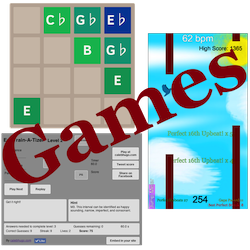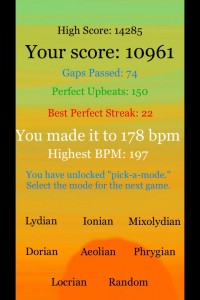A guest post by Evamarie.
I’m continually drawn to the electronic version of “O Sacred Head Now Wounded” arranged by Caleb Hugo. I don’t tend to listen to electronic music in general, but I can’t seem to get over this song. What is it that draws me in? Well, for one, this setting of the hymn is a totally new composition. Don’t get me wrong, I like the original hymn tune, but this new setting seems to have been carefully crafted to highlight the text of the hymn. In addition, it employs beautiful, rich harmonies and a counter melody that increase the interest level beyond just the cool melody. These elements all make me like the song. In fact, I think all of these factors would lead me to say it’s a good song that I like a lot. But that’s not what keeps me coming back to it.
Do you know how sometimes you hear a song and you can tell where it’s going to end? I always think that will happen with this song, but it never ends where I expect it to. Instead, it keeps going a little bit longer, just until I’m not ready for it to end anymore. Then, when I think “oh, it’s not ending yet,” it does, and leaves “Lord let me never, never, never outlive my love for thee” reverberating symbolically in my ears.
Listen to the End
“Always save something for the end”




